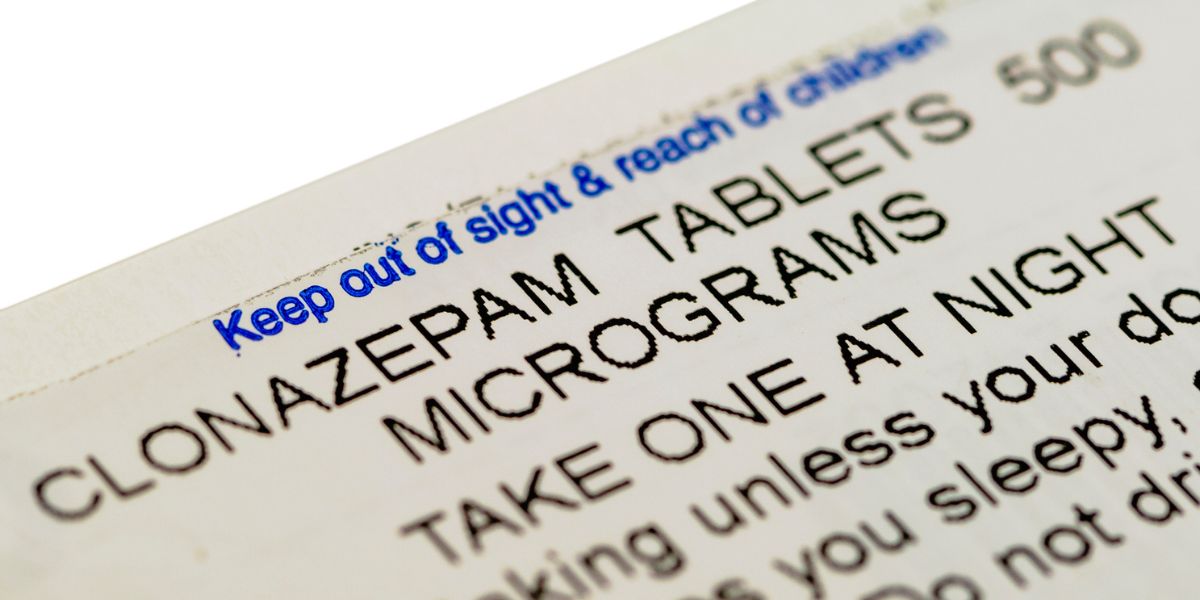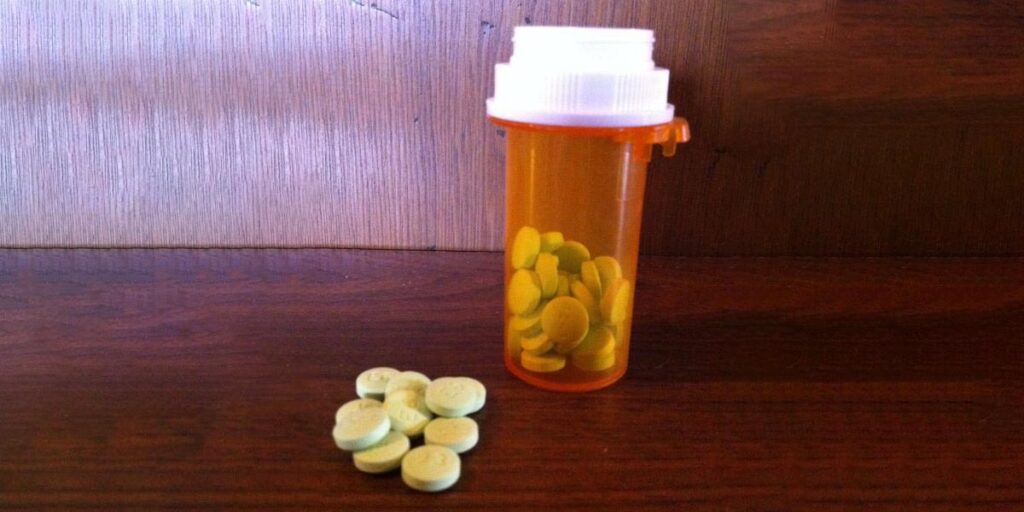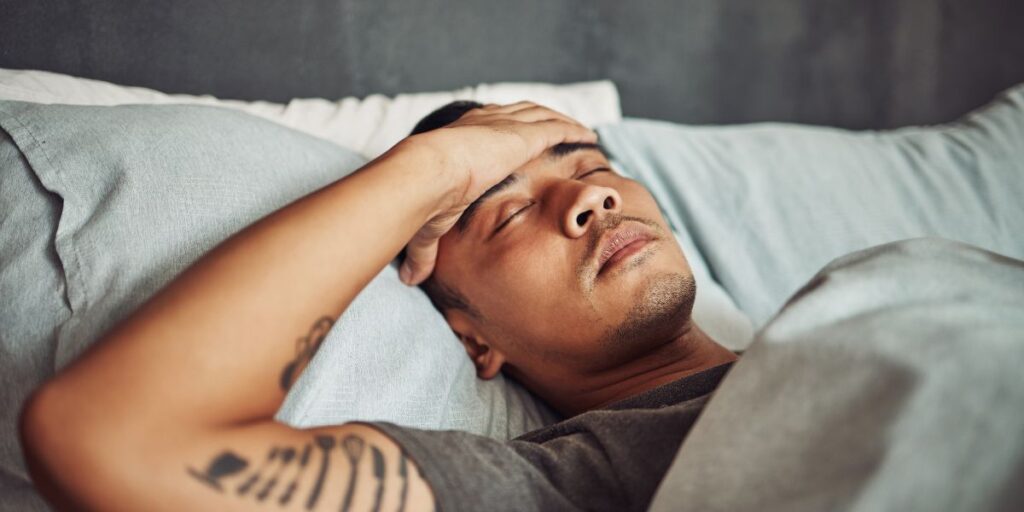Klonopin Effects, Withdrawal, and Overdose


Medical Writer:
Reviewer:

Johnny Kim
Executive Psychotherapist
Medical Writer:
Reviewer:

Johnny Kim
Executive Psychotherapist
For those battling anxiety or seizure disorders, Klonopin (clonazepam) may initially appear as heaven-sent. Yet, for people contending with substance use disorders, the journey into Klonopin addiction and misuse could cause catastrophic outcomes. People prescribed clonazepam by a doctor can develop an addiction to the prescription medication. This is more likely to happen if they use it for an extended period.
Benzodiazepines, including Klonopin, emerged as the favored medicinal solution for panic disorders and anxiety episodes. They replaced barbiturates because the medication is more manageable, has moderate dosages, and reduces overdose fatality risk. Although benzodiazepines are not the same as barbiturates, they can still be misused and lead to addiction. This is a common problem with their use.
Table of Contents
ToggleUnfortunately, becoming addicted to benzodiazepines does not help with mental health issues. Instead, it can make mental health symptoms worse when combined with substance abuse, which is called co-occurring disorders. Additionally, the path to overcoming Klonopin addiction has various complications and dangers, requiring medical oversight during withdrawal to prevent potentially deadly consequences.
It is important to understand the effects, withdrawal symptoms, and dangers of Klonopin. This knowledge can help keep someone safe and ensure they receive the right care for addiction.
What Is Klonopin?
Klonopin, scientifically referred to as clonazepam, is a widely prescribed medication within the benzodiazepine category. This drug is frequently prescribed in the United States for panic attacks, anxiety disorders, seizures, and acute mania.
It is one of the most commonly prescribed drugs. However, it also serves off-label purposes for treating restless leg syndrome and persistent teeth grinding.
In the United States, authorities classify Klonopin as a Schedule IV controlled substance and make it available in orally disintegrating tablets. It works as a sedative-hypnotic by attaching to specific brain receptors. This helps to calm the central nervous system and reduce anxiety symptoms by adjusting brain waves.
This makes it a valuable treatment for those with legitimate health concerns. Still, the sedative effects that make Klonopin effective also attract people who abuse it for recreational use or those seeking to dodge withdrawal symptoms linked to addiction.

Copyright: ParentingPatch
Credit: ParentingPatch
CC BY SA 3.0
Effects of Klonopin
Klonopin’s impact soothes both the physical and psychological symptoms associated with anxiety attacks and seizure conditions. However, these benefits can also lead to misuse and addiction when people become dependent on it for everyday tasks.
Klonopin’s effects on people can vary based on factors such as existing conditions, tolerance, health, dosage, and the use of other substances.
The effects of Klonopin use include:
- A state of calm
- Sleepiness
- A sensation of faintness
- Delayed reaction times
- Reduced heartbeat
- Decreased blood pressure
- A weighted sensation in the arms and legs
- Difficulty remaining awake
Klonopin Side Effects
Klonopin’s side effects vary widely from person to person, spanning from mild to severe. People who use clonazepam to manage anxiety or panic attacks expect the positive outcomes to outweigh the drawbacks.
Common side effects may include:
- Dryness of the mouth
- Feeling dizzy
- Challenges in maintaining balance or standing
- Pain in joints and muscles
- A lack of coordination
- Vision becoming blurred
- Experiencing confusion
- Impaired judgment
- Problems with concentration
- Experiencing diarrhea
- Feelings of nausea
- Episodes of vomiting
- A reduction in libido
- Muscle twitching
- Cramps in the abdomen
- Extended periods of sleep
- Increased sweating
- Depression of respiratory functions
- Development of a rash
- Itchy skin or the appearance of hives
- Feelings of paranoia
- Persistent, unwanted thoughts
- Developing a tolerance to the medication
- Symptoms associated with withdrawal
Clonazepam is a benzodiazepine that lasts a long time in the body, up to 40 hours after its effects wear off. Taking more or mixing it with other drugs that slow down the nervous system can make side effects worse.
Most side effects go away after Klonopin is processed and left the body. However, stopping the drug suddenly can cause new and dangerous side effects. Snorting or injecting it can be more harmful and increase the risk of dependence compared to taking it orally.
Klonopin should not be used in ways other than orally. Snorting or injecting Klonopin can lead to more severe side effects and addiction. Taking Klonopin orally is the safest way to use the medication.
When a person becomes tolerant to Klonopin, they might need to increase their dosage or combine it with drinking alcohol. This can raise the chances of an overdose.
Klonopin Withdrawal Symptoms
Withdrawal symptoms from Klonopin can be dangerous and potentially inflict lasting harm without appropriate care. Those utilizing the medication for mental health treatment might face a resurgence of their initial symptoms with greater intensity.
The body rapidly becomes accustomed to the continuous presence of benzodiazepines such as Klonopin, altering its natural chemical production to remain balanced. A sudden stop of clonazepam use disrupts this balance, leading to withdrawal symptoms. The NIH, or the National Institute of Health, says if you take Klonopin for over three weeks, you may have withdrawal symptoms when you stop.
The duration and intensity of withdrawal from benzodiazepines are influenced by various elements, such as:
- The duration of drug misuse
- The dosage that was regularly consumed
- The common method of drug intake
- The presence of any concurrent mental health conditions
- The existence of other substance use disorders
- Any pre-existing medical health issues
If you rely on Klonopin or misuse it, call your doctor before trying to stop using it. Don’t suddenly stop taking it. Trying to reduce use without professional guidance gradually may lead to extended withdrawal periods and additional complications if not managed properly.
Healthcare experts apply diagnostic criteria to identify substance use disorders at mild, moderate, or severe levels. Even if a person doesn’t have a substance use disorder, they can still become physically dependent on Klonopin. This can lead to experiencing withdrawal symptoms that need proper care.
Signs of Klonopin withdrawal may include:
- Uneasiness
- Agitation
- Craving for the medication
- Cold sensations
- Perspiration
- Rapid heartbeat
- Migraines
- Bodily discomfort
- Joint and bone pain
- Stomach cramps
- Irregular bowel movements
- Loose stools
- Nausea
- Throwing up
- Lack of hydration
- Muscle spasms
- Increased sensitivity to light, touch, and noise
- Sleep disturbances
- Excessive saliva production
- Visual and auditory hallucinations
- Convulsions
Medically supervised detox is the only assured method for safely navigating through Klonopin withdrawal. Medical detox programs assist patients in following a safe tapering plan.
They also monitor their health and provide emotional and physical support. This helps make withdrawal more manageable and reduces the risk of relapse. Just like how quickly someone can become dependent on Klonopin, their tolerance to the drug can also decrease rapidly. This can increase the risk of overdose if a person relapses during or right after withdrawal.

Klonopin Overdose
Experiencing an overdose on Klonopin is alarmingly simple. An overdose happens when someone takes too much of a drug or drugs, which can be deadly. This can cause serious reactions or even lead to death, according to the National Institute on Drug Abuse (NIDA).
As highlighted earlier, benzodiazepines with extended effects, such as Klonopin, linger in the system for an extended period. Therefore, consuming high doses or excessive amounts in a brief span can lead to harmful consequences.
If you suddenly stop taking Klonopin, you may experience an overdose. This is because your tolerance to the medication has decreased. The doses that were once safe for you may now be risky. Moreover, mixing Klonopin with other substances that suppress the central nervous system heightens the likelihood of experiencing an overdose.
Overdoses often occur unintentionally, notably in cases involving the misuse of prescription medications. Research has revealed that individuals who abuse both opioids and benzodiazepines simultaneously have a significantly higher likelihood of overdosing and dying. The danger is tenfold compared to those who only abuse one of these substances.
Many people lie to their healthcare providers about their substance use. This prevents them from receiving important advice about drug interactions and risks. Openness with your doctor or pharmacist about your substance use habits could be a lifesaving decision.
Signs and symptoms indicating a possible overdose of clonazepam include:
- Confusion
- Loss of orientation
- Difficulty remaining conscious
- Difficulty breathing
- Lack of response to tactile sensations, loud noises, or discomfort
- Diminished or absent respiration
- Nausea leading to vomiting
- Sounds resembling gurgling or choking
- Weakness in the neck and extremities
- Skin turning pallid
- Lips or fingertips appear bluish
- Muscle spasms or seizures
- Involuntary release of urine or stool
- Seizure episodes
- Cardiac arrest
Dial 911 or rush to the closest emergency department without delay if you suspect someone is overdosing. Overdoses involving benzodiazepines require urgent medical attention; even a single symptom can be life-threatening.
Klonopin Addiction Treatment
Get help for Klonopin addiction, whether it’s for you or a loved one. Authentic care based on research is available for those struggling with dependency.
At White Oak Recovery Center, we recognize the difficulty of acknowledging the need for assistance and pursuing it. Our experienced team of addiction experts will support you through every step of your recovery journey.
We begin with a medical detox in a calm environment. The process includes 24/7 medical supervision to assist with withdrawal symptoms.
We work closely with you to create a personalized plan. This plan addresses both your addiction and any other co-occurring conditions you may have. We help you learn new ways to manage mental health and overcome challenges without using drugs or alcohol. This is achieved with the use of effective, evidence-based treatments and therapies.
Don’t hesitate to reach out and speak with one of our dedicated treatment advisors today. We’re committed to guiding you toward recovery and offering a genuine chance to prevent relapse.

Am I covered for addiction treatment?
Your insurance may cover treatment. Call now for an entirely free and confidential assessment. Recovery starts with a phone call.

- Basit, Hajira, and Kahwaji, Chadi I., “Clonazepam.” StatPearls: National Library of Medicine, May 2023.
- Brett, Jonathan, and Murnion, Bridin, “Management of Benzodiazepine Misuse and Depedence.” Australian Prescriber, Oct. 2015.
- “Clonazepam.” National Institute of Diabetes and Digestive and Kidney Diseases, Jan. 2017.
- “Clonazepam.” MedlinePlus: National Library of Medicine, May 2021.
Medical Disclaimer:







